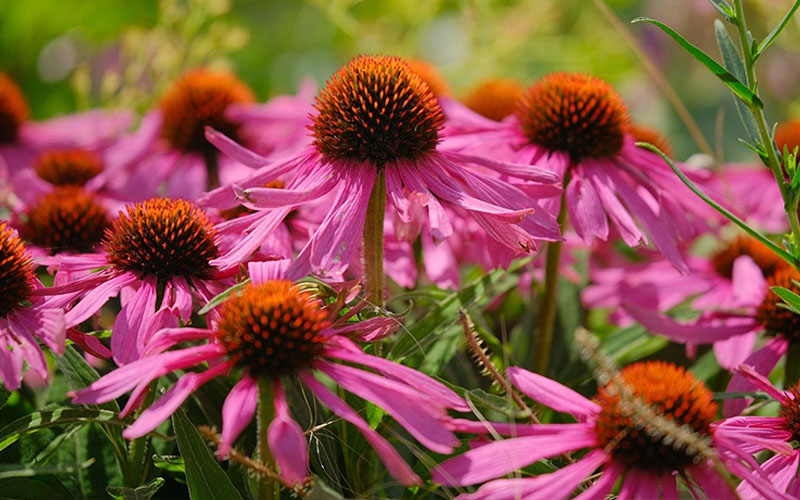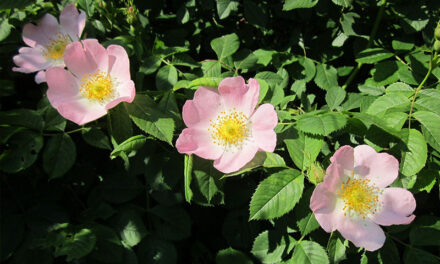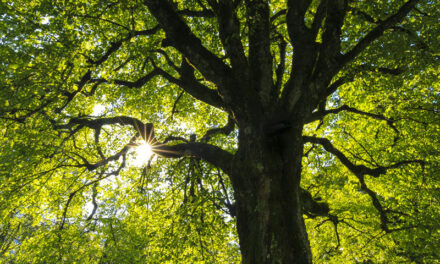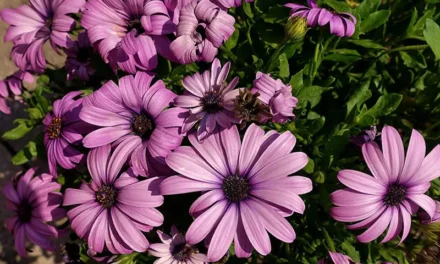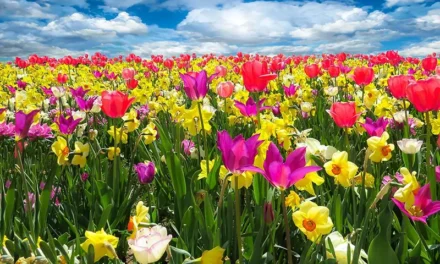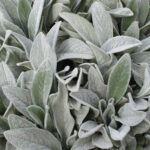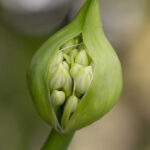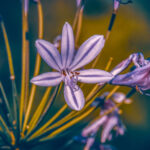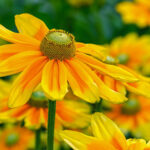The flowers of the Echinacea are among the most beautiful blooms in garden plants, although, of course, this is a matter of personal taste. Echinacea flowers attract bees and butterflies. These flowers come in various colours, including pink, purple, red, white, green, yellow, or orange. The species vary in height from 40 to 120 centimetres in bloom and typically flower from July to August, lasting until September or October, depending on the weather.
Coneflower
The name “coneflower” is used for two types of plants, namely Echinacea and Rudbeckia. Both plants closely resemble each other and belong to the same family. Originally, Coneflower had purple and pink flowers, while Rudbeckia featured more yellow, orange, and red hues. However, these days, there are also yellow and white Echinacea varieties. The most noticeable difference is the size of the flower. Rudbeckia flowers are generally smaller with fewer petals than Echinacea.
Planting Echinacea
Echinacea thrives in rich soil and a sunny spot. Since the foliage is not particularly decorative, you can place it towards the back of the border. Dig a generous planting hole, mix the bottom of the hole with rich soil or potting soil, and plant the Echinacea clump, pressing it firmly with soil. Water the plant immediately after planting.
Companion Planting
Echinacea’s stunning blossoms can be complemented by carefully chosen companion plants. For a vibrant summer garden, pair Echinacea with other sun-loving perennials such as Black-Eyed Susans (Rudbeckia) and Liatris. These combinations not only create a visually pleasing ensemble but also attract a variety of pollinators, adding life and movement to your garden.
Consider planting Coneflower near aromatic herbs like lavender and rosemary to create a sensory delight, enticing both you and beneficial insects. The pairing possibilities are as diverse as your gardening creativity.
Pruning Coneflower
The perennial plant dies off in autumn. You can leave it standing, as the dried plant offers an attractive winter silhouette. If you prefer to prevent the plant from self-seeding, cut the stems about 30 to 40 centimetres above the ground. The remaining stem provides some protection to the plant during winter frost. In early spring, just before it starts budding, trim the plant’s stems to about 5 to 10 centimetres above the ground. Subsequently, the plant will begin to grow again in spring and shine anew in your garden during summer.
Pests and Diseases
While Echinacea is a resilient and low-maintenance plant, it can still fall victim to common garden pests and diseases. Keep an eye out for aphids, Japanese beetles, and leafhoppers, which can occasionally target these lovely blooms. Diseases such as powdery mildew and aster yellows can also affect Echinacea.
Prevention is the key to a healthy Echinacea patch. Regularly inspect your plants, remove any affected parts, and consider organic pest control methods to keep unwelcome visitors at bay. Proper spacing and good air circulation can help prevent fungal diseases.
The 14 Most Beautiful Echinacea Varieties
Coneflowers are known for their stunning blooms. The central part of the flower is often brownish with a hint of orange. The composite flowers feature drooping petals in shades of pink, purple, red, orange, yellow, and white. Apart from being excellent as cut flowers, they also attract bees and butterflies.
Echinacea Purpurea/Ruby Star Coneflower
The most well-known variety is likely the Purple Coneflower or Echinacea Purpurea. The Purpurea species typically grows to a height of 100 to 120 centimetres. It produces lovely dark pink flowers with an orange-brown centre. The flowers appear in July and continue to bloom until September or October, depending on the weather. There are multiple varieties available of Echinacea Purpurea.
Echinacea Purpurea Magnus
The ‘Magnus’ variety closely resembles the regular Echinacea Purpurea, with slightly shorter petals, causing them to hang a bit less. The plant’s height during bloom is a bit lower at 90 centimetres. It is a robust and prolific plant, boasting a deep pink colour and flowering from July to October, depending on weather conditions.
Echinacea Purpurea ‘Alba’
As the name suggests, this is a white coneflower. These flowers are frequented by butterflies and bees. The adult height during bloom is 80 centimetres. The white flowers with orange-brown centres appear in July and continue blooming until September.
Echinacea Purpurea ‘Tangerine Dream’
The ‘Tangerine Dream’ reaches a height of 100 centimetres during bloom. The blooms are a striking orange-red. The first flowers emerge in July, continuing to bloom through October. It thrives in a sunny spot and prefers normal to nutrient-rich soil, much like any other Coneflowers. It pairs beautifully with ornamental grasses.
Echinacea Purpurea ‘Fatal Attraction’
This variety features slightly shorter petals that are less pendulous. The petals are a bright dark pink, and the plant has dark stalks. The height ranges from 75 to 80 centimetres, and it blooms from July to September. This robust plant is perfect as a cut flower and is also suitable for attracting bumblebees, bees, and butterflies.
Echinacea Purpurea ‘White Swan’
A beautiful and well-known white variant among the Echinacea species. The height during bloom ranges from 90 to 100 centimetres. The white flowers emerge in July and continue to bloom into September. It pairs wonderfully with other white varieties or flowers with spike-shaped inflorescences and grasses. The Echinacea’s leaves grow to about 40 centimetres in height.
Echinacea Purpurea ‘Green Jewel’
A coneflower with a less common flower colour, namely green. The centre of the flower has a green hue with a hint of orange, depending on the season. The petals are light green, yet still stand out in a border, especially when planted in groups. The height during bloom is approximately 85 centimetres, occurring from July to October.
Echinacea purpurea ‘Delicious Candy’
A shorter pink variety with narrow, bright pink petals that are slightly spaced out around the centre. The centre is reddish-dark pink. The cone changes to brown later in the blooming period. The height during bloom is about 60 centimetres. It blooms from July to September.
Echinacea Purpurea ‘Hot Summer’
As the name suggests, this is a spectacular variety. The flowers come in shades of pink, red, and orange. They change colours during the blooming period, offering a range of hues on a single plant. The height ranges from 60 to 70 centimetres. In winter, it is somewhat less reliable, so it’s best to cover it during frost. In late autumn, leave the stem in place, or cut it back to about 30 to 40 centimetres for added protection. It blooms in July, August, and September.
Echinacea Purpurea ‘Rubinstern’
A 100-centimetre-high variety in bloom, which has proven its worth. It produces beautiful bright pink flowers with a brown-orange centre in the months of July, August, and September. This strong plant is perfect as a cut flower and is also suitable for attracting bumblebees, bees, and butterflies. It’s best to let this plant self-seed, which can be achieved by leaving the spent flowers on the stems during winter.
Echinacea Purpurea ‘Sundown’
Sundown boasts flowers with a salmon or orange hue, blooming from July to September. The height during bloom ranges from 60 to 80 centimetres. It’s a busy spot for bees and butterflies. As the name suggests, this Echinacea thrives in a sunny location.
Echinacea Pallida
Echinacea Pallida is a variety with much narrower petals. These are slender, drooping petals that hang down around the full, bulbous centre. The petal colour is lilac-pink. In full bloom, Pallida reaches a height of approximately 80 to 90 centimetres. The common name for this Echinacea is “hedgehog coneflower,” and it blooms from July through September.
Echinacea Angustifolia
Slightly less narrow and less drooping than Echinacea Pallida, Angustifolia is a slender coneflower with a lilac-pink hue. It reaches a height of 70 to 100 centimetres when in full bloom. It thrives in sunny locations with normal to fertile soil and serves well as a cut flower, attracting butterflies and bees.
Echinacea Paradoxa
One of the few yellow variations of the coneflower, Echinacea Paradoxa boasts slender, drooping yellow petals that accentuate the brown centre. It blooms from July to August and reaches a height of 70 to 80 centimetres when in full bloom. Paradoxa prefers a sunny spot in the border.
Medical and Herbal Uses of Echinacea
Echinacea, commonly known as the coneflower, is not only a beautiful garden addition but also holds a revered place in traditional herbal medicine. Known for its potential immune-boosting properties, Echinacea has been used for centuries to ward off common colds and flu. Modern herbalists and natural health enthusiasts continue to celebrate its holistic benefits.
This herbal remedy is believed to stimulate the immune system, helping the body combat infections. Many over-the-counter supplements and herbal teas include Coneflower for its purported role in reducing the severity and duration of illnesses. Scientific studies on Echinacea’s effectiveness are ongoing, but its popularity remains unwavering.

